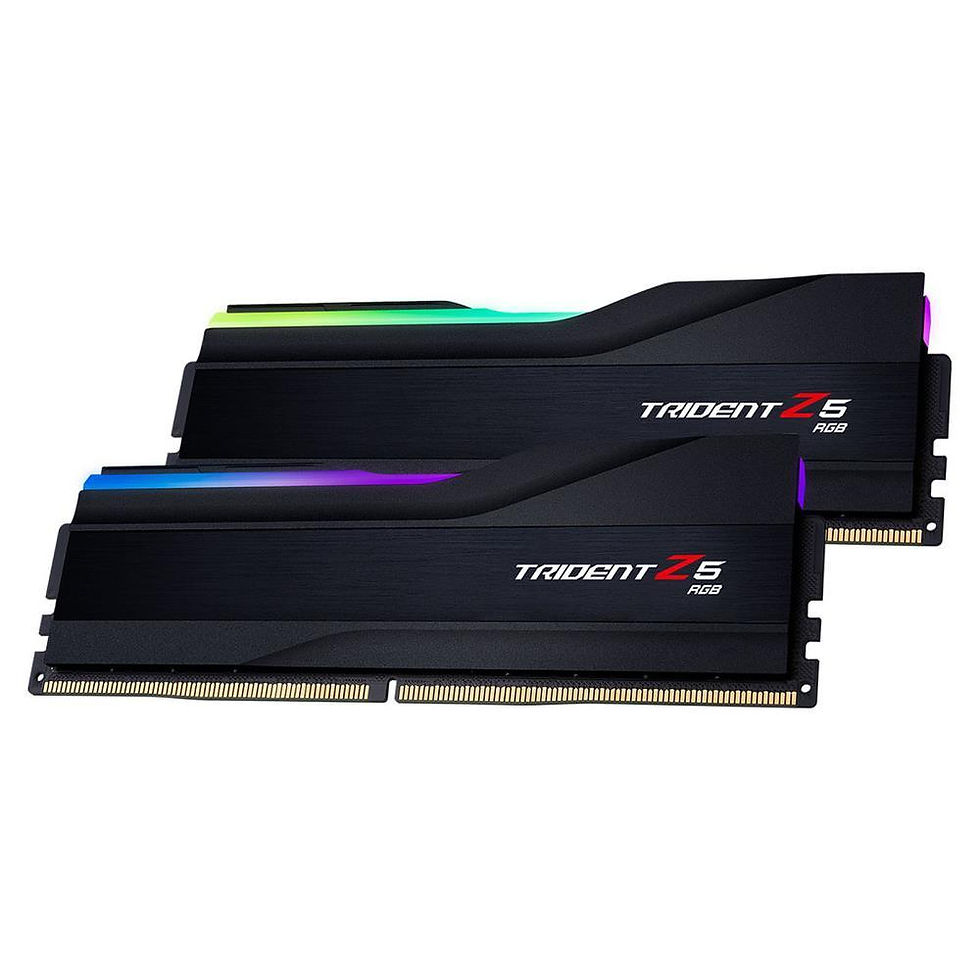Pièces et accessoires pour ordinateur
Créez votre expérience de jeu ou de travail avec notre sélection premium de pièces et d'accessoires informatiques. Des cartes graphiques hautes performances aux processeurs puissants, en passant par les claviers ergonomiques et les souris de précision, nous avons tout ce dont vous avez besoin pour créer la configuration parfaite. Découvrez notre gamme de SSD haute vitesse, d'alimentations fiables et d'éclairage RVB personnalisable pour améliorer la fonctionnalité et le style. Optimisez vos performances et votre productivité avec des composants de qualité supérieure conçus pour les joueurs et les professionnels.
How to Choose the computer parts and accessories


Choosing the right components helps you build a PC that’s powerful, quiet, reliable, and ready for future upgrades. Here’s what to focus on before you decide what to buy:
1. Power supply (PSU)
A high-quality PSU is the heart of your system.
-
Wattage: Make sure it covers your GPU + CPU needs (with extra headroom).
-
Efficiency: 80+ Gold is ideal for most builds.
-
Modular cables: Easier cable management and better airflow.
2. Motherboard compatibility
Your motherboard must match your processor and your case.
-
CPU socket: Intel LGA1700? AMD AM5? Match the CPU.
-
Chipset features: PCIe lanes, USB ports, Wi-Fi, M.2 slots.
-
Form factor: ATX, mATX, or ITX depending on your case size.
3. Storage speed & capacity
SSDs have the biggest impact on system responsiveness.
-
NVMe SSDs: Fastest performance for gaming & productivity.
-
SATA SSDs: Budget-friendly upgrades.
-
Capacity: 1 TB is the new minimum, 2 TB ideal for gamers.
4. Memory (RAM)
More RAM helps with multitasking, gaming, and creative work.
-
Capacity: 16 GB minimum, 32 GB recommended for gaming/streaming.
-
Speed: DDR4/DDR5 → higher MHz improves performance.
5. Cooling & airflow
Good cooling keeps your system fast and quiet.
-
Air vs liquid cooling: Both are fine — choose based on noise & style.
-
Case airflow: At least 2 intake + 1 exhaust fan is ideal.
6. RGB & accessories
Not required, but perfect if you want your build to look clean and modern.
-
RGB lighting cables (Lian Li Strimer etc.)
-
Cable extensions for tidy builds
-
Vertical GPU mounts, fan hubs and more
Summary
Think about how you use your PC — gaming, work, streaming or everyday tasks — and choose components that match your performance needs and future plans. With the right power supply, fast storage, enough RAM and a good motherboard, your system will stay fast, stable and upgrade-friendly for years.
You might like
FAQ – Computer Parts & Accessories
1. What power supply wattage do I need for my PC?
Most gaming or work PCs run comfortably with 650–850W.
If you use a high-end GPU (like NVIDIA 4080/4090), choosing 850–1000W is safer. Always leave 20–30% extra headroom for stability and future upgrades.
3. Is DDR5 much better than DDR4?
DDR5 is faster and more future-proof, but DDR4 still performs extremely well in many builds and is more budget-friendly.
If you're building a new PC, DDR5 is recommended.
If you're upgrading an older system, DDR4 is usually the correct choice.
5. What’s the difference between NVMe and SATA SSDs?
NVMe SSDs use PCIe lanes and are 5–10× faster than SATA SSDs.
SATA SSDs are cheaper but slower.
If you want the fastest performance for gaming, editing, or overall responsiveness — choose NVMe.
7. Does RGB lighting affect performance?
No — RGB is purely visual and has zero impact on performance.
Choose it if you want a clean, stylized build.
2. How do I know if a motherboard is compatible with my processor?
Check the CPU socket:
-
Intel example: LGA1700
-
AMD example: AM5
If the socket matches your CPU, you're good. Then look at the chipset, since it determines available features such as PCIe lanes, M.2 slots, and USB connectivity.
4. How much storage do I really need?
For modern use:
-
1 TB SSD → minimum for gaming or everyday work
-
2 TB SSD → ideal if you install many games or work with large files
NVMe drives offer significantly faster load times than SATA SSDs.
6. Do I need extra cooling for my system?
If your case has poor airflow or you’re running a high-end GPU/CPU, it’s better to add two intake fans + one exhaust fan.
Liquid cooling is optional but helps reduce noise and temperatures.
8. What’s the most important component for gaming performance?
The GPU has the biggest impact.
However, pairing it with a strong CPU and fast SSD will make the system more responsive and future-proof.

















































